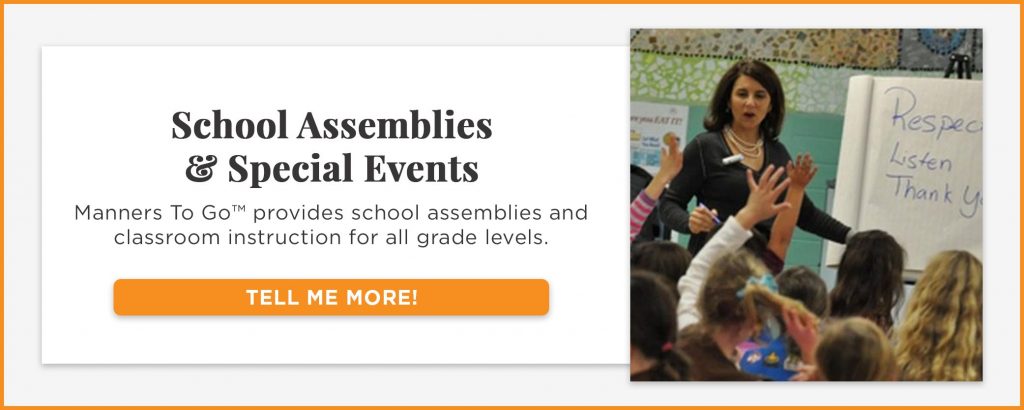When adding a manners, social skills or SEL program to your list of activities, consider teaching the subtle differences between being kind and nice.
Teaching children the difference between being kind and being nice can help them develop empathy, authenticity, and a deeper understanding of their actions and their impact on others. Here are some strategies to help teach this distinction:
Steps to Teach the Difference Between Being Kind and Nice
- Lead by example: Children learn a lot from observing the behavior of adults around them. Model kind and authentic behavior in your interactions with others. Show genuine care and empathy, and explain your actions when you are being kind.
- Discuss emotions and perspectives: Engage children in conversations about emotions and different perspectives. Help them understand how kindness involves considering others’ feelings and needs, while niceness can sometimes be more superficial.
- Highlight real-life examples: Point out examples from everyday life or stories where acts of kindness have made a difference. Discuss the impact these actions have had on others and how they reflect genuine care and empathy.
- Encourage perspective-taking: Help children understand how their actions can affect others by encouraging them to take the perspective of someone else. Ask questions like, “How do you think that person felt when you did/said that?” This helps children develop empathy and consider the deeper impact of their actions.
- Explore authentic emotions: Teach children to express their genuine emotions in appropriate ways. Explain that it’s okay to feel upset, disappointed, or angry at times, and that being kind doesn’t mean hiding or suppressing those emotions. Emphasize the importance of expressing emotions respectfully and constructively.
- Teach assertiveness and boundaries: Help children understand that kindness also involves setting healthy boundaries and speaking up for themselves and others when necessary. Explain that being kind doesn’t mean always saying “yes” or avoiding conflict, but rather finding ways to address situations respectfully and compassionately.
- Practice kindness in everyday situations: Encourage children to engage in acts of kindness regularly, such as helping a friend, sharing, or showing empathy when someone is sad. Reinforce the positive impact of these actions and discuss how they differ from simply being nice.
- Reflect and discuss: After certain situations, reflect with children on how kindness and niceness played a role. Discuss the differences in outcomes and how being kind can create deeper connections and positive change.
Remember, teaching children about kindness and authenticity is an ongoing process. Be patient, reinforce positive behavior, and continue having open discussions to help them understand the nuances between being kind and being nice.





 Lisa Richey provides etiquette programs to businesses, schools, and individuals.
Lisa Richey provides etiquette programs to businesses, schools, and individuals.



